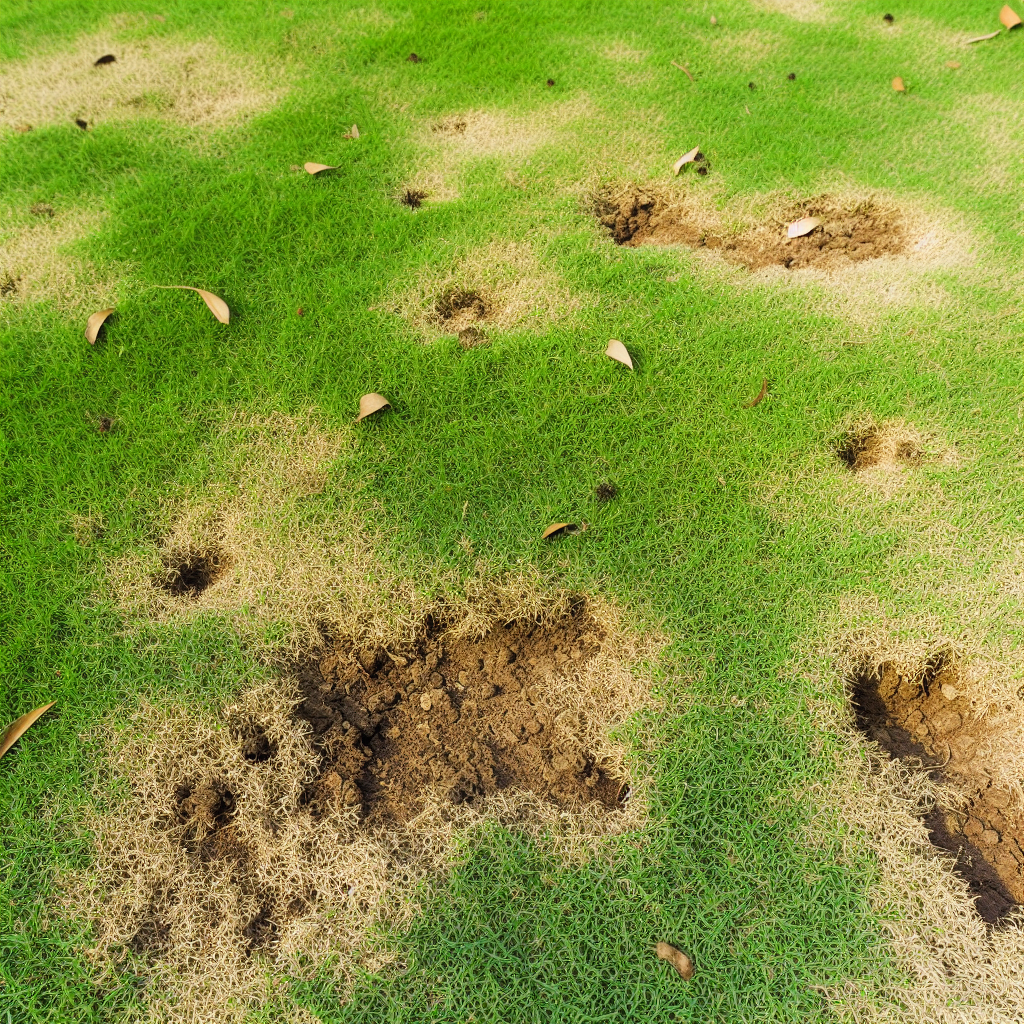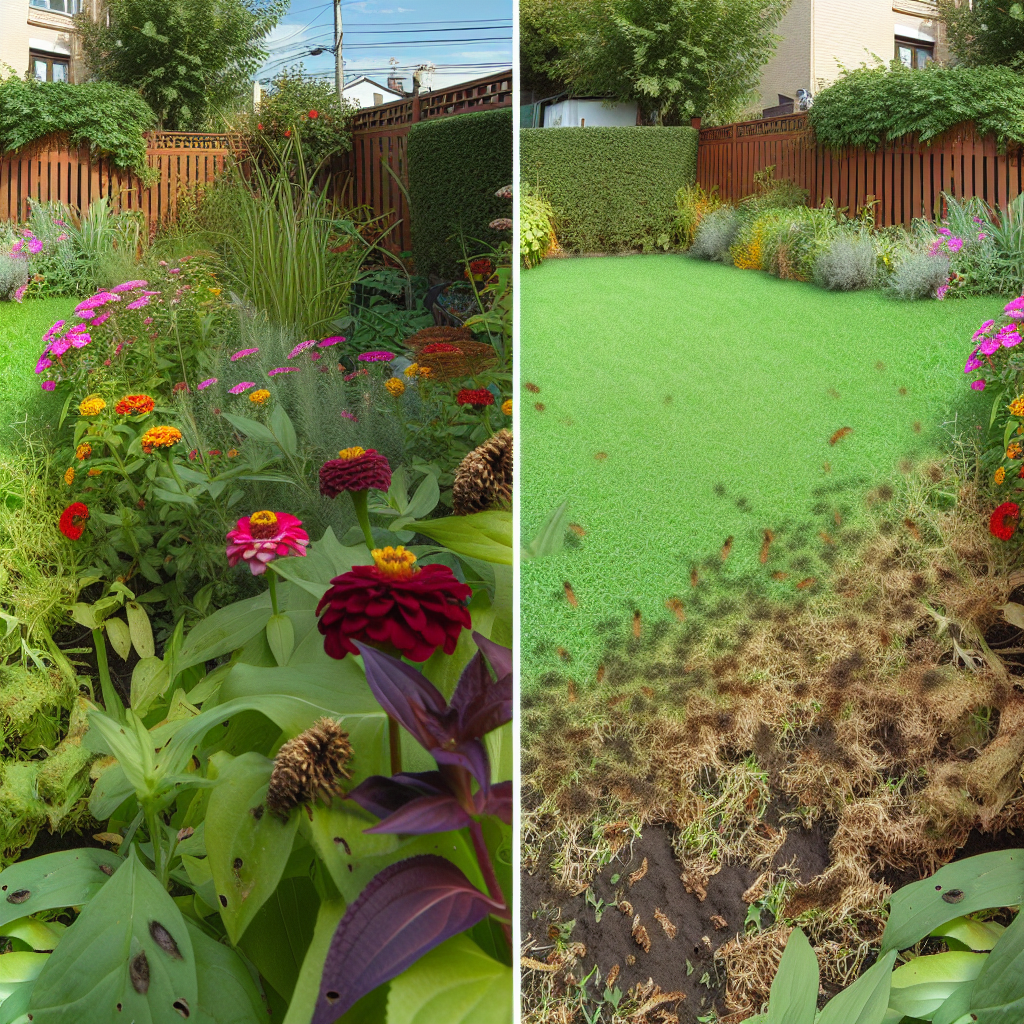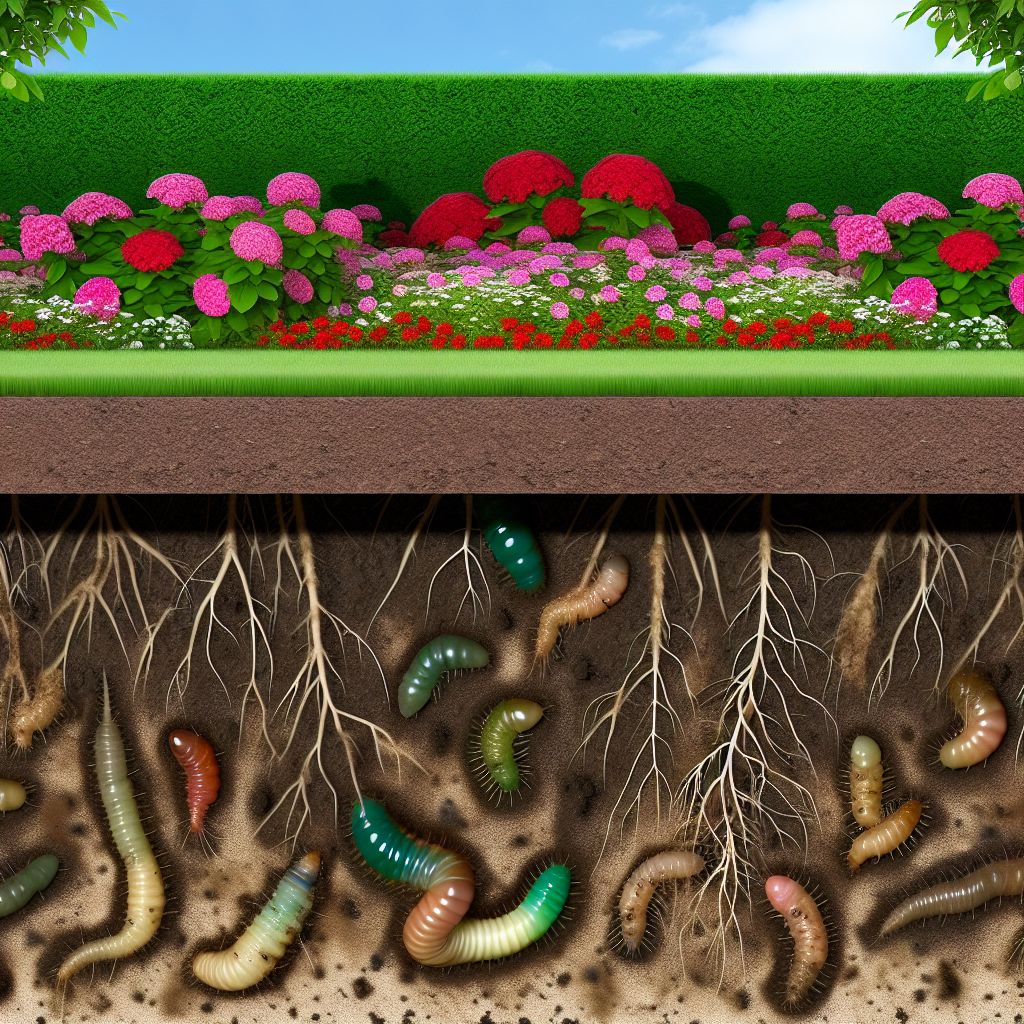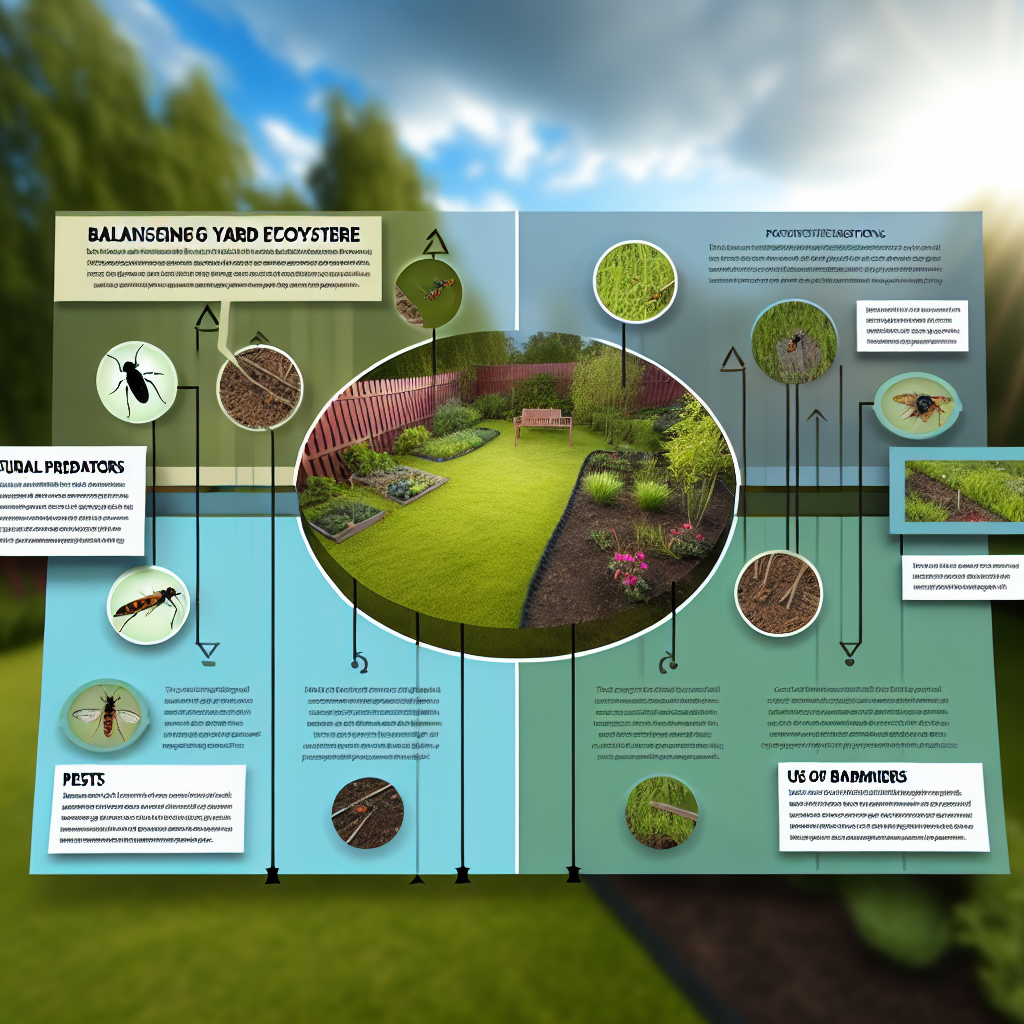Introduction to Yard Pests and Their Impact
Understanding the Threat of Yard Pests
Your yard can host a variety of unwelcome visitors ranging from tiny insects to large mammals. These pests include aphids, grubs, beetles, moles, deer, and many others that can invade your garden at any moment. Controlling these pests is crucial because they can damage your plants, lawn, and the overall ecological balance of your outdoor space. Without proper management, pests can rapidly proliferate, leading to costly repairs and potential threats to biodiversity.
Recognizing the Signs of Pest Damage
Identifying the presence of pests before they cause irreversible damage is essential. Here are some warning signs to look out for:
- Irregular brown patches on the lawn could indicate a grub infestation.
- Holes or mounds of soil can suggest the presence of moles or gophers.
- Chewed leaves or gnawed fruits are common symptoms of insect or mammal activity.
- Sawdust or wood shavings beneath trees can signal a beetle invasion.
- Sparse grass or tunneling could mean voles are present.

Common Yard Pests and Their Damaging Effects
Insects: From Grubs to Beetles
Yard insects range from soil-dwelling grubs that feed on grassroots to beetles that chew through the foliage. For example, Japanese beetles can skeletonize leaves, leaving only the veins, while chinch bugs suck on grass juices, turning lawns brown. Here’s a table showcasing various insects and their corresponding damage:
| Insect Type | Damage Caused |
|---|---|
| Grubs | Root damage leading to brown patches in the lawn |
| Aphids | Stunted plant growth and deformed leaves |
| Japanese Beetles | Skeletonized leaves and flower damage |
| Chinch Bugs | Discolored and dead grass areas |
Rodents: Moles, Voles, and Gophers
Moles, voles, and gophers not only disrupt the visual appeal of your lawn but also its structure. They create tunnel networks that can weaken the Earth, causing issues for roots and soil compaction:
- Raised ridges indicating mole tunnels
- Chewed plant roots and stems from vole activity
- Large mounds marking gopher tunnels
Birds: The Double-Edged Sword
While many birds are beneficial, helping with pest control and pollination, some can damage fruits or create unsightly messes. Preventive measures include netting to protect fruits and visual deterrents to keep birds away from certain areas without causing them harm.
Large Mammals: Deer, Rabbits, and Raccoons
Deer and rabbits can decimate flowers and vegetables, while raccoons may dig through lawns searching for grubs. Preventative measures include fencing, planting less-appetizing species, and using repellents.
Five Ways Pests Damage Your Yard
Lawn Discoloration and Patchiness
Discoloration and patchy areas often signal pest activity below the surface. Grubs, for example, feed on roots, causing grass to wilt and die.

Plant Destruction
Pests attack various parts of plants, from leaves to fruits, leading to wilted flowers, ruined produce, and unsightly landscapes.

Soil Compaction and Aeration Problems
Some pests, like moles, disrupt soil structure, which may impede water infiltration and root growth.
Root Damage
Root damage weakens plants, making them susceptible to disease and environmental stress.

Disease Transmission
Pests can introduce diseases like Powdery Mildew or Rust, ultimately affecting plant health.
| Disease | Common Carrier |
|---|---|
| Powdery Mildew | Aphids |
| Rust | Mites |
Strategies for Preventing and Stopping Pest Damage
Regular Lawn Maintenance
A healthy lawn is your first line of defense. Aeration, proper mowing, and watering all contribute to a robust yard less susceptible to pests.

Natural and Chemical Pest Control Methods
Natural remedies may include introducing predators or using non-toxic solutions, whereas chemicals should be used as a last resort and with care.
| Method | Natural | Chemical |
|---|---|---|
| Effectiveness | Varies with condition | Usually high |
| Environmental Impact | Low | Can be high |
Physical Barriers and Repellents
Fences, netting, and repellents are physical means to keep pests at bay without using chemicals.
Beneficial Insects and Wildlife
Attracting creatures like ladybugs or birds can help control pest populations naturally.
| Beneficial Species | Their Prey |
|---|---|
| Ladybugs | Aphids |
| Birds | Grubs |
Professional Pest Control Services
Professionals can be invaluable when dealing with persistent or large-scale infestations.
Long-Term Solutions for a Healthy, Pest-Free Yard
Landscaping to Discourage Pests
Implementing certain design features and choosing pest-resistant plants can minimize problems.
Monitoring and Early Detection
Regular checks allow for early intervention, stopping pests before they become a major issue.
Encouraging a Balanced Ecosystem
A balanced yard ecosystem fosters a natural check on pest populations.

Conclusion and Proactive Measures
Summarizing the Impact of Pests and Importance of Control
Controlling yard pests is essential for safeguarding your property’s beauty, health, and value.
The Value of Being Proactive
Preventative action is key—act early, and use smart, sustainable methods to keep your yard in top shape.
Remember, vigilance and proper care are your allies in maintaining a lush, pest-free yard. By being proactive and attentive to your yard’s needs, you can prevent pests from ever becoming a major problem, saving time and resources in the long run.
Seeking further guidance or professional pest control services? Contact local experts for personalized advice to ensure your yard remains a vibrant and healthy oasis.
